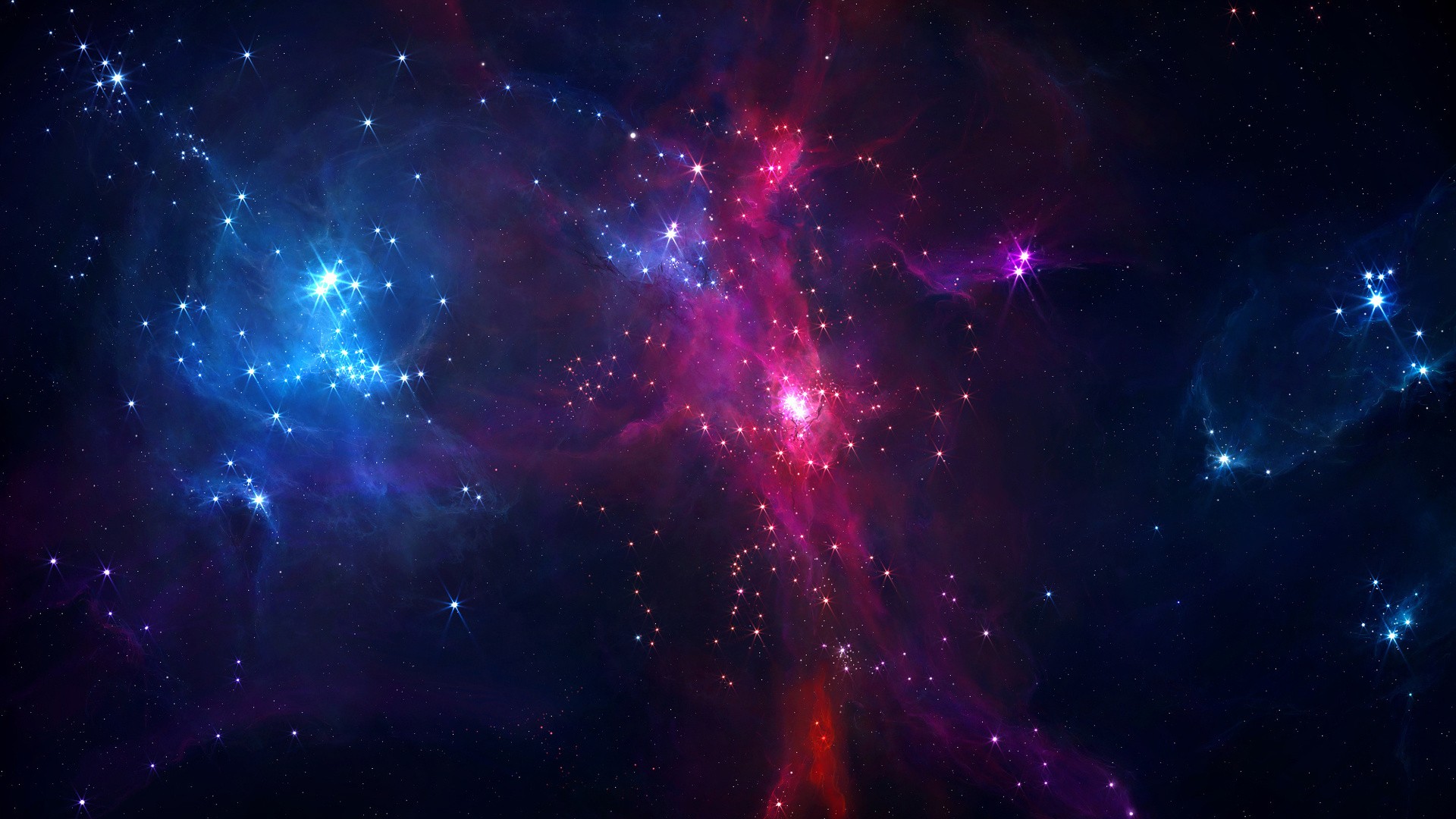
Astronomers have detected X-rays from Uranus using NASA's Chandra X-ray Observatory. This result may help scientists learn more about this enigmatic ice giant planet in our solar system.

A new X-ray detector prototype is on the brink of revolutionizing medical imaging, with dramatic reduction in radiation exposure and the associated health risks, while also boosting resolution in other applications.

Scientists appear to have found the first X-rays coming from type Ia supernovae.

A mysterious flash of X-rays has been discovered by NASA’s Chandra X-ray Observatory in the deepest X-ray image ever obtained. This source likely comes from some sort of destructive event, but may be of a variety that scientists have never seen before.

Researchers have used NASA's Chandra X-ray Observatory to produce an X-ray image of space (the deepest-ever X-ray, in fact) that has uncovered an abundance of supermassive black holes.

The X-ray emissions were discovered by chance beyond the Milky Way and no one really knows what is causing them.

A new study confirms some ideas about where X-rays come from, shedding light on our solar neighborhood's early history. But it also reveals a new mystery -- an entire group of X-rays that don't come from any known source.

New data from NASA's Nuclear Spectroscopic Telescope Array, or NuSTAR, has, for the first time, begun to pinpoint large numbers of the black holes sending out the high-energy X-rays.

University of Washington astronomers have identified a rare type of supernova